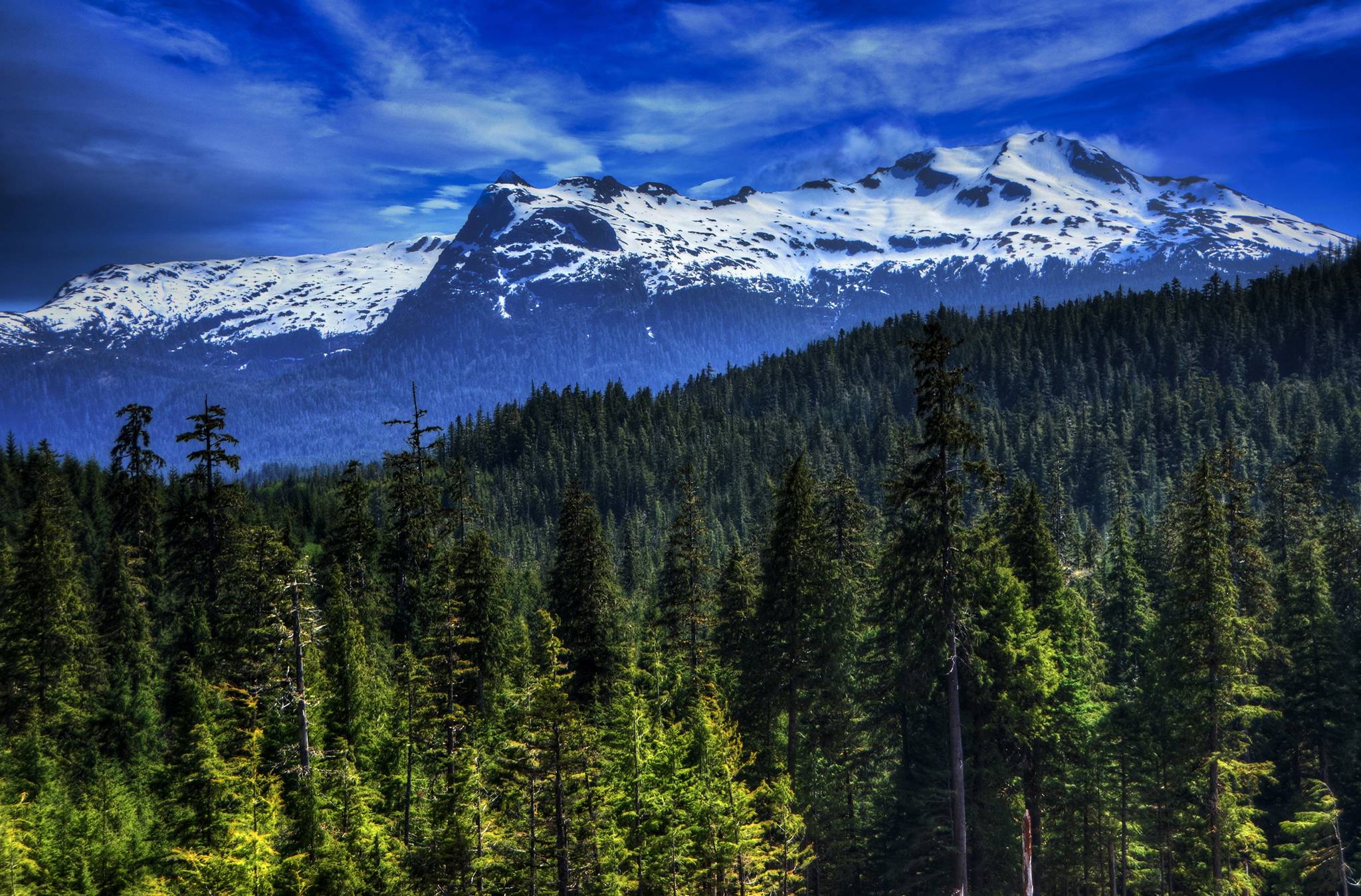Representatives from various resources companies gave presentations on various mining projects in Southeast Alaska Wednesday, together advocating the industry as part of a solution to the region’s economic woes. Speaking to the Southeast Conference Annual Meeting, resource industry officials touted the industry’s ability to bring investments to a community.
“This is the minerals industry, not the mine industry,” said Frank Bergstrom of from the Juneau branch of the Alaska Miners Association.
The minerals industry involves decades-long cycles beginning with exploration and discovery all they way through operations and closing a mine, Bergstrom said, and there were opportunities for the industry to grow in Southeast Alaska. Currently the industry, particularly for rare earth metals used in the production of microchips, is dominated by China, which doesn’t have a good track record on environmental standards, Bergstom said.
“It’s time for some of that industry to come back to North America,” he said.
Minerals’ importance as a strategic asset and the industry’s ability to bring investment to a community were repeatedly touted by panelists as a solution to the economic woes of the region and state. Four panelists each presented a project in Southeast, each in various stages of development, part of a segment entitled Exploring the Possibilities.
[Executive leaves Pebble amid recorded comment fallout]
One of the projects is about 15 miles north of Juneau, and the gold veins there have been extremely promising, said Grand Portage Resources President Ian Klassen. Known as the Herbert Gold Project, there are four veins the company wants to mine, some of which were visible at the surface.
Three of the projects are on Prince of Wales Island. The Dawson Gold Mine currently operated by Sundance Mining Group has a history of over 100 years. It’s a miner’s mine, said Robert Fithian from Sundance, who added that much of the mine’s work was physically and mentally tasking. But he also mentioned how the company is involved with the local community and works to educate them about responsible mining. Fithian mentioned how local children were invited to the mine to get hands-on experience with mining and environmental conservation.
Another of the mines has a long history but the project just recently came back from a hiatus, said Graham Neale of Heatherdale Resources. The site of that company’s proposed Niblick Project has been similarly been explored for over a century and exploration has shown promising results he said.
The last project focuses specifically on rare earth minerals, which Ucore Vice President and COO Mike Schrider said were critical components to, “green tech and defense applications.”
Ucore’s Bokan Mountain project has deposits of rare earth metals that are “unusual in North America,” Schrider said.
Schrider highlighted Chinese dominance of the rare earth market and said his company wants to help expand production of those minerals in North America. He said the project fits in to what the company sees as an “Alasakan-centric solution to U.S. rare earth independence.”
Speaking to the annual meeting on a panel regarding the timber industry, Chief of Staff to Gov. Mike Dunleavy, Ben Stevens said the administration had been trying to “help stimulate the economy there through resource development.”
Negative public perception of mining and the need to educate the public on responsible resource development were mentioned as challenges for the industry in the region. However, the industry is facing renewed criticisms following the release of videos showing company executives behind the controversial Pebble project bragging about close relationships with government officials and regulatory agencies.
Speaking to the Conference earlier that morning, Alaska’s congressional delegation promoted a similar vision of resource development in Southeast Alaska. Sen. Lisa Murkowski, R-Alaska, pointed to the success of the Kensignton Gold Mine and the Hecla Greens Creek Mine as what she called “bright spots” in the economy of Southeast and examples of responsible resource development.
• Contact reporter Peter Segall at psegall@juneauempire.com. Follow him at @SegallJnuEmpire.

